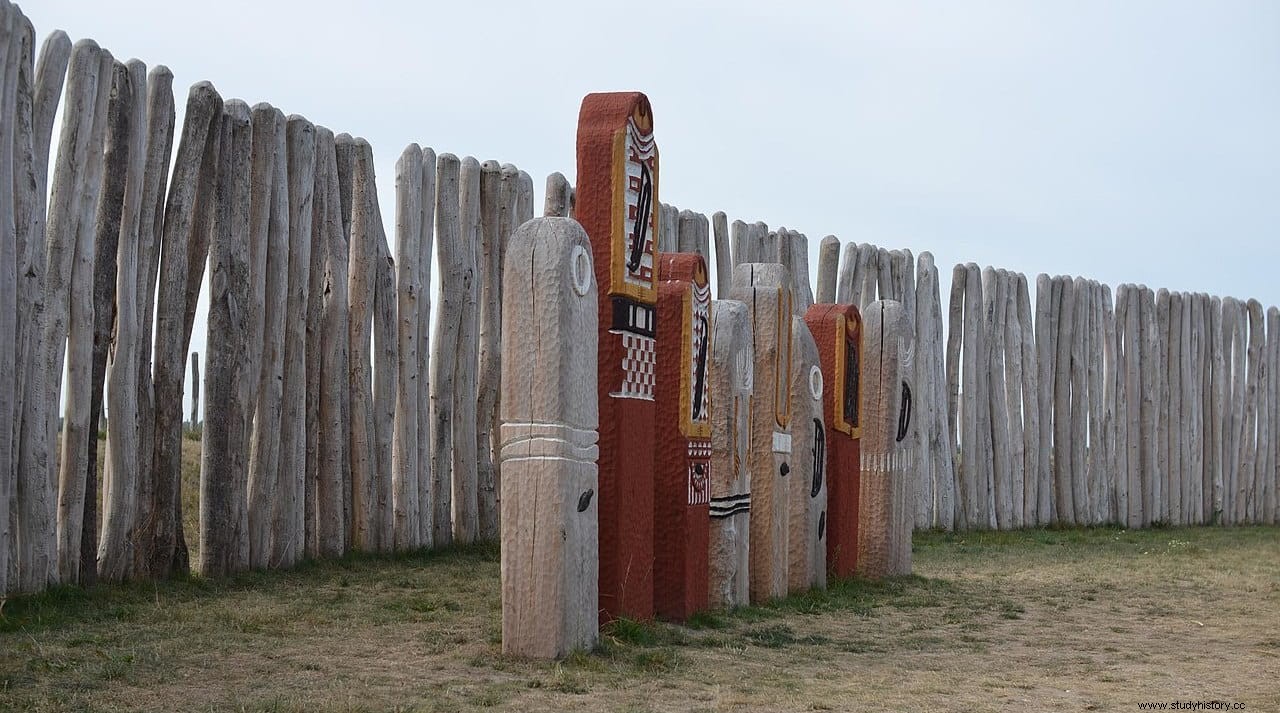Scientists from the National Museum of Eritrea and the Roman University of La Sapienza announced in 2016 the discovery of what may be the oldest traces of Homo Erectus. , dated 800,000 years ago.
The footprints belong to several individuals that researchers believe were hunting animals at the time they were printed, as traces of what appears to be a type of gazelle appear along with them.
Homo Erectus is one of the ancestors of modern humans, appearing almost two million years ago in East Africa, and which would later spread to Europe and Asia. According to fossil records, their bodies were proportional in size very similar to ours, indicating that they were specially adapted to life on the ground and not in trees.

The species became extinct with the appearance of new hominids and the subsequent arrival of Homo Sapiens , about 200,000 years ago.
According to the director of the investigation, Alfredo Coppa, the traces discovered will allow scientists to learn more about the configuration of the body of Homo Erectus, their way of walking and their social interactions, and at the same time obtain information about the evolution of modern humans.

Footprints show toe marks in detail and a marked longitudinal arch, equally distinctive characteristics of the current human foot. They were found on a stone slab, originally they must have been sandy sediments on the shore of a large lake, hardened after submersion and buried under several more layers of sediment over the millennia.
These are not the first hominin footprints discovered, since that honor goes to those of Australopithecus afarensis found in Tanzania, dating back more than 3.5 million years. The importance of this discovery lies in the fact that it is known for sure that the footprints correspond to Homo Erectus, since it was the only species that inhabited the area. In other similar discoveries, the cohabitation of other species such as Homo Habilis makes it difficult to distinguish which species they belonged to.
